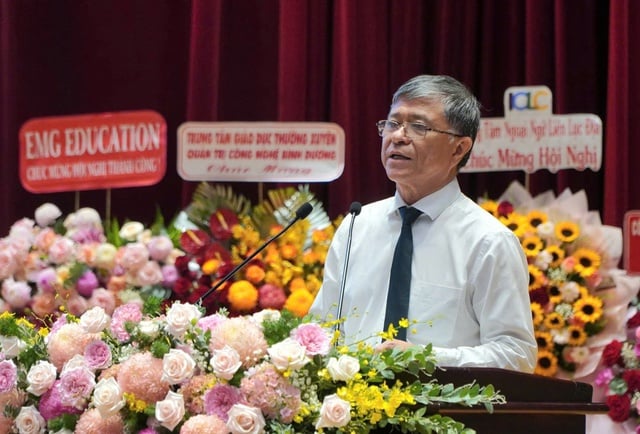
Dr. Nguyen Van Hieu, Director of the Department of Education and Training of Ho Chi Minh City, spoke at the conference to deploy tasks for the new school year 2025-2026.
PHOTO: BAO CHAU
On August 27, the Department of Education and Training of Ho Chi Minh City held a conference to summarize the 2024-2025 school year and deploy tasks for the new school year 2025-2026.
The conference was held in the context that the Ho Chi Minh City Department of Education and Training had merged the three previous Departments of Education and Training of Ho Chi Minh City, Binh Duong , and Ba Ria-Vung Tau.
Accordingly, the new school year 2025-2026 is the first school year after the merger and Ho Chi Minh City becomes the metropolis with the largest school scale in the country.
Specifically, Ho Chi Minh City has more than 3,500 educational institutions at all levels, nearly 2.6 million students and over 100,000 administrators and teachers. Of which, preschool has 478,458 students, primary school has 939,002 students, secondary school has 759,278 students (an increase of 42,978 students compared to the previous school year) and high school has 352,051 students.

Students of all levels in Ho Chi Minh City have returned to school, preparing for the new school year 2025-2026.
Photo: Ngoc Duong
Based on reality as well as educational development orientation, Dr. Nguyen Van Hieu, Director of the Department of Education and Training of Ho Chi Minh City, proposed 15 key tasks of the Ho Chi Minh City Education and Training sector in the 2025-2026 school year:
- Perfecting institutions, enhancing the effectiveness and efficiency of state management; innovating school governance, promoting autonomy for public educational institutions.
- Ensure fairness in access to quality education for learners; pay attention to disadvantaged groups, ethnic minorities, island students, orphans, homeless children, people with disabilities, people from poor and near-poor households.
- Continue to innovate and improve the quality of preschool education, general education and continuing education.
- Improve the quality, standardize and develop the team of teachers and educational managers at all levels.
- Innovation in political and ideological education; national defense and security education for teachers and students.
- Continue to build a happy school model.
- Strengthen physical education, sports activities, and school health; ensure school safety, proactively prevent, combat, and effectively respond to natural disasters and epidemics.
- Improve the quality of human resource training, modernize vocational education.
- Strengthening international integration in education and training.
- Promote comprehensive digital transformation, strongly apply digital technology and artificial intelligence in education and training; continue to carry out administrative reforms throughout the industry.
- Increase investment in facilities to ensure implementation of preschool and general education programs; attract and effectively use investment resources for education to ensure effective implementation of the 2018 General Education Program.
- Development of non-public education.
- Strengthen and improve the effectiveness of inspection and legal work in the field of education and training.
- Continue to carry out emulation movements throughout the industry.
- Effective implementation of communication and education work.
There are still unqualified teachers and high class sizes.
At the summary conference, the Ho Chi Minh City Department of Education and Training frankly acknowledged that in the 2024-2025 school year, most schools will ensure enough teachers. However, there is still a shortage of teachers, mainly concentrated in subjects such as English, IT, physical education, fine arts, and music due to the lack of qualified teachers. For this group of subjects, schools will conduct guest lectures and sign labor contracts to ensure enough teachers.
Some units still have teachers who have not met the training standards, concentrated in the group of older teachers, close to retirement age according to the system. For teachers who have not met the training standards but still have a lot of working time, the schools have sent them to study to improve their qualifications.
The scale of school network development has always been concerned and invested in construction, but it has not yet met the learning needs of local children. The number of students per class is still high compared to the primary school charter due to difficulties in school construction projects, high population growth, and some wards do not have primary schools. The quality of teaching is uneven, in which remote areas in some localities still lack highly qualified teachers.
Source: https://thanhnien.vn/15-nhiem-vu-giao-duc-trong-tam-cua-tphcm-sau-sap-nhap-co-gi-dac-biet-185250827124339434.htm







![[Photo] Discover unique experiences at the first World Cultural Festival](https://vphoto.vietnam.vn/thumb/1200x675/vietnam/resource/IMAGE/2025/10/11/1760198064937_le-hoi-van-hoa-4199-3623-jpg.webp)
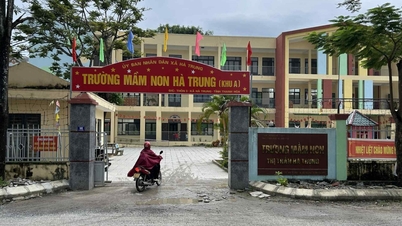


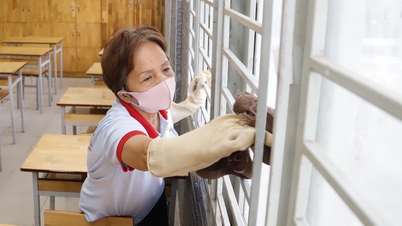

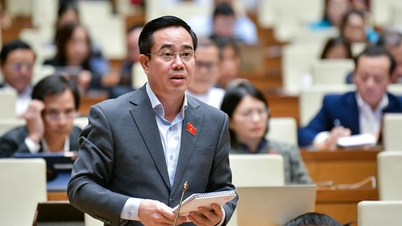


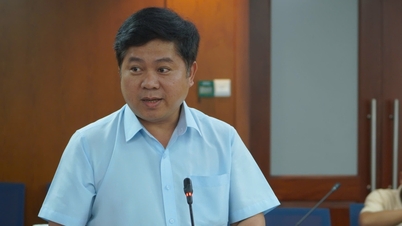

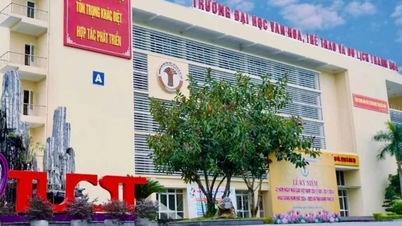

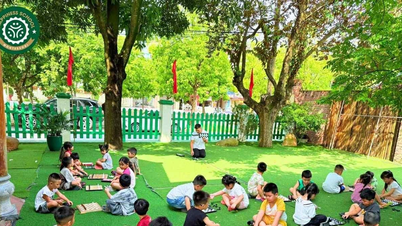

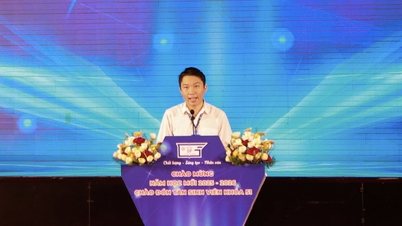
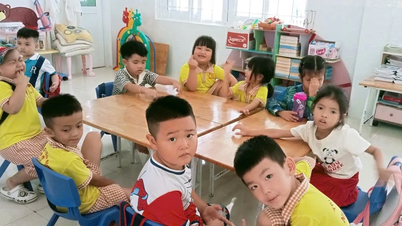







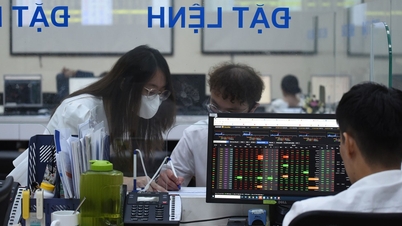
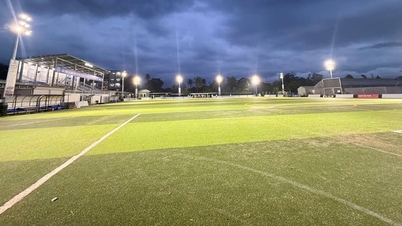

![[Photo] General Secretary attends the parade to celebrate the 80th anniversary of the founding of the Korean Workers' Party](https://vphoto.vietnam.vn/thumb/1200x675/vietnam/resource/IMAGE/2025/10/11/1760150039564_vna-potal-tong-bi-thu-du-le-duyet-binh-ky-niem-80-nam-thanh-lap-dang-lao-dong-trieu-tien-8331994-jpg.webp)



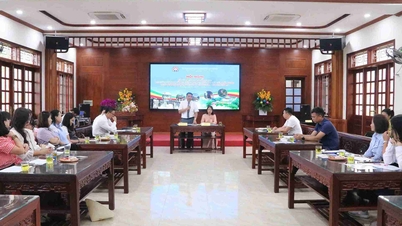









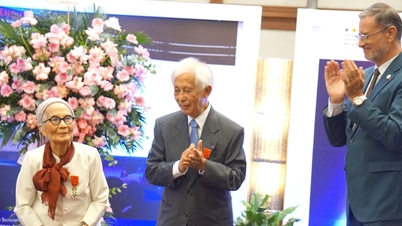
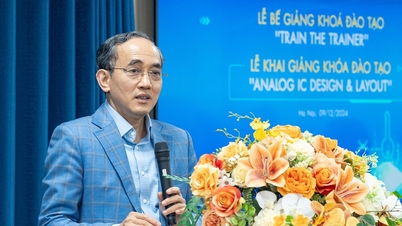






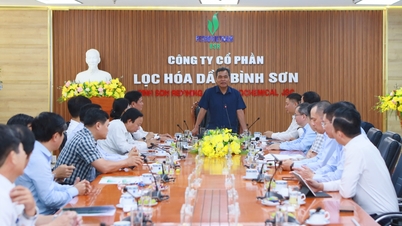

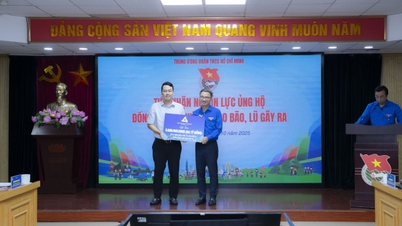


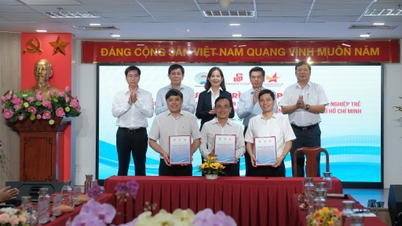


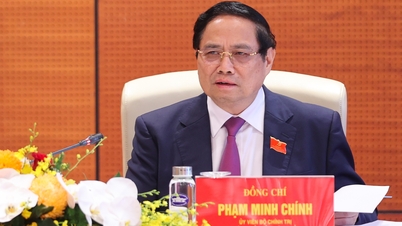


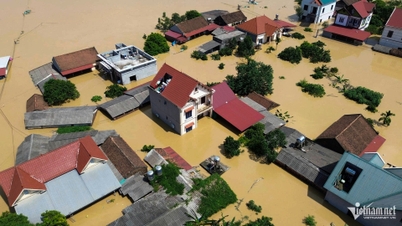
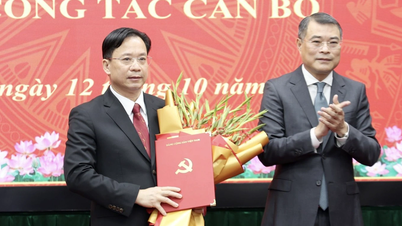


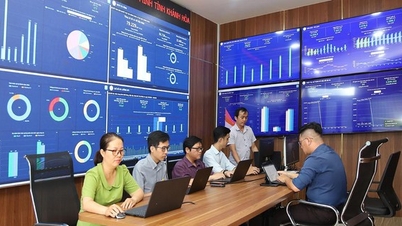

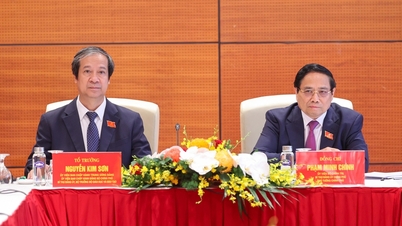

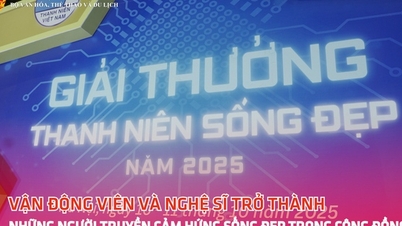
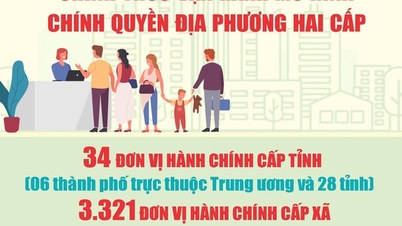
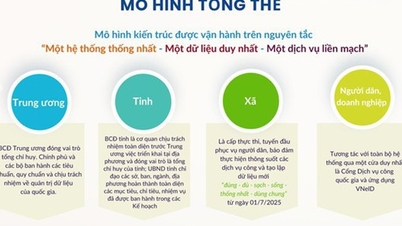








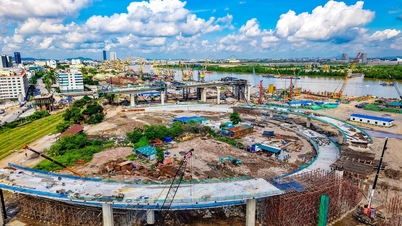
















Comment (0)